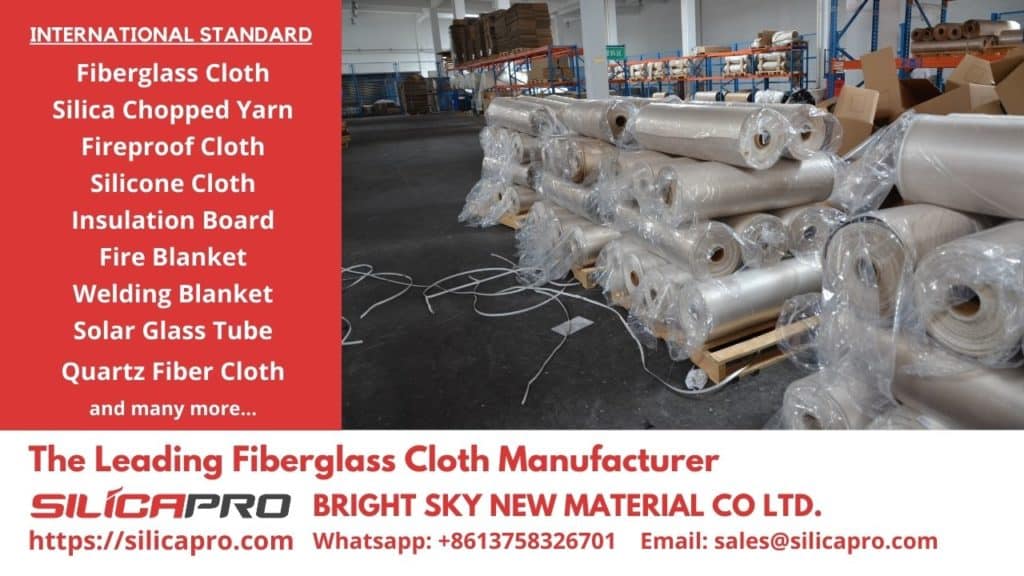
One of the most common man-made products we find around us is fiberglass. The main material for forming fiberglass is derived from nature, but humans who have high senses can make sand and mineral fiber into something of high selling value. Fiberglass is everywhere and in all industries. Ranging from household-scale industries to large-scale industries such as the shipbuilding and aerospace industries. All production of ships and aircraft vehicles involving fiberglass. Fiberglass in the ship industry is what we will discuss this time.
Contents
Fiberglass Construction Techniques on Ships
Before fiberglass was familiar in the ship industry, shipbuilding always used materials such as wood, steel, and other materials. All these materials will go through the assembly process in the form of pieces and parts which will then become a structure. This structure will then meet the hull as a coating. Then, the fiberglass in the ship industry became construction which made the structure smoother and in most models more dynamic and exotic.
The whole process of making a ship with fiberglass is not much different from the process of making a ship using materials such as wood and steel. This glass fiber material will bond with the resin binding agent.
Fiberglass which is a glass fiber is gradually transformed into fibers from various synthetic plastics. Fiberglass in ship industry construction comes in the form of cloths, mats, rovings, and resins that you can buy at any offline and online stores.
The main purpose of using fiberglass in the ship industry is to make ships lighter without losing their strength. However, the motor boat fuel is quite a lot. Fiberglass keeps fuel costs down the same way fiberglass in aircraft manufacturing applications. Every piece of cloth or other fiberglass product you use has the potential to save on boat building and maintenance costs.
Type of Fiberglass Cloth in Ship Industry

This cloth consists of untwisted fiber yarn weighing up to 48 ounces per yard. The two-way strength of this cloth is quite good, resembling burlap with a rough texture. While lighter weight cloths are usually in various weaving patterns such as mat, satin, and twill.
The fiberglass in the ship industry is currently in the form of E Glass cloth that uses polyester resin. This fiberglass cloth is made of liquid plastic which goes through a spinning process into fine fibers which will then go through a weaving process until it becomes a cloth or when it is lose it will become circular. Shipbuilding also uses mat material which is usually made of E Glass with two or three inches of random fiber and with a resin-soluble binder. The thickness and stiffness of the mat can be fiberglass lay-up and can absorb large amounts of resin resulting in low strength for its weight.
Get to Know Fiberglass Resin
The application of fiberglass in the ship industry is in dire need of resin. This industry is familiar with polyester, vinyl ester, and epoxy resins. You just need to choose the right strongest fiberglass pair for the three resins.
Polyester is inexpensive, generally versatile, and has low stretch properties. This is perfectly adequate for most ships. Orthophthalic base is the most commonly used polyester. Then there are the isopthalic-based polyesters which are more recently gaining in popularity. This polyester is more resistant to water, resistant chemicals, more abrasion resistant, and has higher impact and flex performance.
If you need better stretch than polyester, then you can use vinyl ester. This resin has water resistance, good fatigue properties, and excellent secondary bond strength. This strength can make the bulkhead or stringer added to the preserved hull will have a better bond than the polyester hull.
Vinylester is more expensive than polyester resin. The last one is a high-performance resin that will adhere better than other resins to a variety of materials. Epoxy is ideal for attaching cores, stringers, or other items. You can buy all resins at Marine supply stores.
Find the Best Fiberglass from a Trusted Company
Silicapro is the leading fiberglass supplier from China providing all kinds of fiberglass products for the ship industry and others. We have exported tons of fiberglass to many countries around the world. We have dedicated ourselves as a leading fiberglass manufacturer that will make it easier for you to win the competition in all fields of industry.
We not only produce fiberglass in the ship industry but we also produce fiberglass for the aerospace industry to the household industry. You can run your business to the next level by using our safe and international standard fiberglass products.
